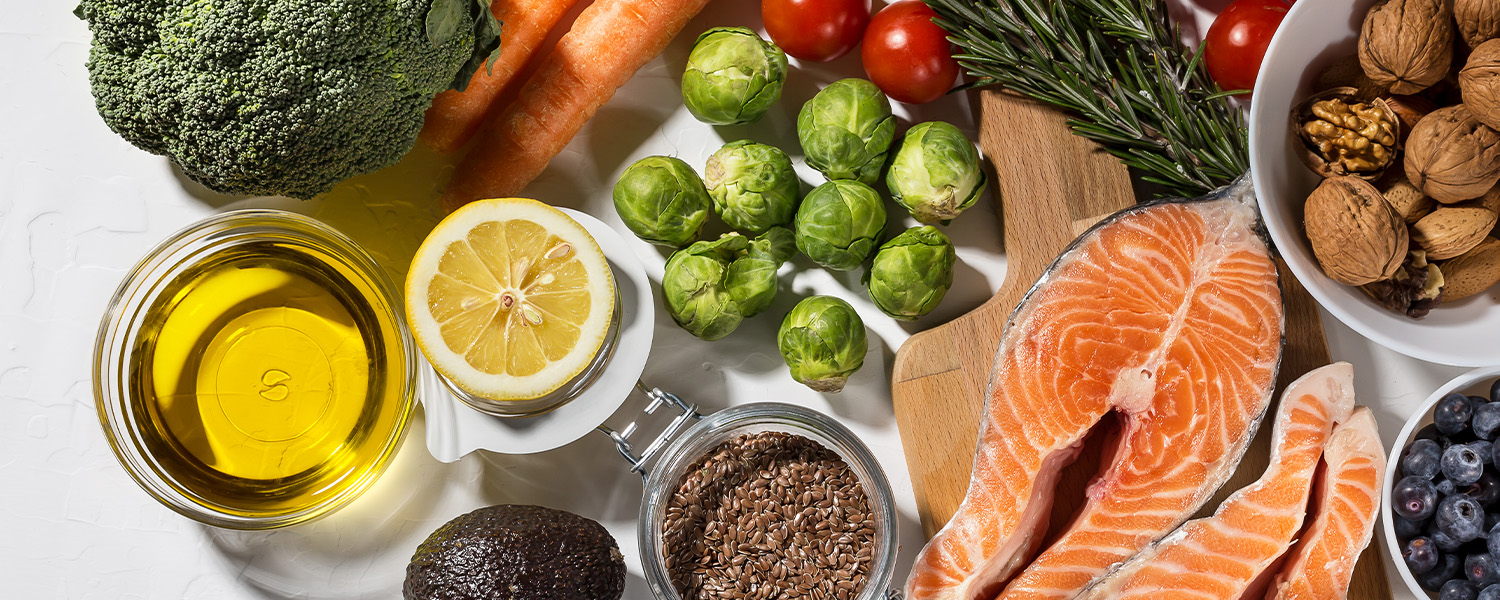Most people are aware that the foods we choose to eat play a big role in our overall physical health. But did you know that a healthy diet is important for maintaining brain health as well?
Research has shown that a healthy diet can help to support memory and thinking as we age. What’s more, there are certain foods that seem to have a particularly beneficial effect. A formal nutritional plan called the “MIND Diet” has been designed around those foods. Here’s what you need to know to get started with the MIND Diet, so you can eat for a healthy body and brain…
What is the MIND diet?
The acronym “MIND” stands for “Mediterranean-DASH Intervention for Neurodegenerative Delay.” The diet is a combination of a Mediterranean-style diet and the DASH diet, another type of special diet that’s been shown to reduce the risk of cardiovascular conditions such as hypertension (high blood pressure), heart attack and stroke. Not surprisingly, what’s good for your heart is also good for your brain.
How was the MIND diet developed?
The MIND diet is the result of years of scientific research, but it was actually developed by nutritional epidemiologist Martha Clare Morris, ScD and her colleagues at Rush University in Illinois. Working off of prior research, Morris and her colleagues developed the diet based on those foods that previous research had shown to have a beneficial effect on brain health. Then they studied more than 900 people who followed the diet over the course of about 4 years.
Does the MIND diet really work?
The results of the study were published in the March, 2015 edition of Alzheimer’s & Dementia: The Journal of the Alzheimer’s Association. The study showed that the MIND diet lowered the risk of Alzheimer’s disease (AD) by as much as 53% in those individuals who followed the diet closely, and by about 35% in those who followed it moderately well. Not only that, but the study seems to indicate that the longer a person follows the diet, the less risk that person will have of developing AD.
What does the MIND diet consist of and how can I follow it myself?
The MIND diet divides foods into 15 distinct groups – 10 groups that are healthy for your brain and 5 that are unhealthy. Those groups are as follows:
Brain-Healthy Food Groups
- Green, leafy vegetables
- All other vegetables
- Nuts
- Berries
- Beans
- Whole grains
- Fish
- Poultry
- Olive oil
- Wine (yes, wine!)
Unhealthy Food Groups
- Red meats
- Butter/margarine
- Cheese
- Pastries and sweets
- Fried and fast foods
The MIND diet says that people should eat brain-healthy foods according to the following schedule:
- At least three servings of whole grains each day
- A salad, plus one other vegetable each day
- A glass of wine each day
- Beans, about every other day
- Poultry, at least twice per week
- Berries, at least twice per week (blueberries are particularly beneficial)
- Fish, at least once per week
- When you want a snack, choose nuts
And, they should limit the unhealthy foods as much as possible, with the following specific recommendations:
- Butter, less than 1 tablespoon per day
- Cheese, along with fried or fast food, less than one serving per week for all three combined
Here’s some inspiration to get you started.
If you’re ready to get started but unsure what to whip up first, here are a few resources for MIND diet recipes:
 Eat for Better Brain Health With The MIND Diet"
class="bg-img"
fetchpriority="high"
loading="eager"
decoding="async">
Eat for Better Brain Health With The MIND Diet"
class="bg-img"
fetchpriority="high"
loading="eager"
decoding="async">